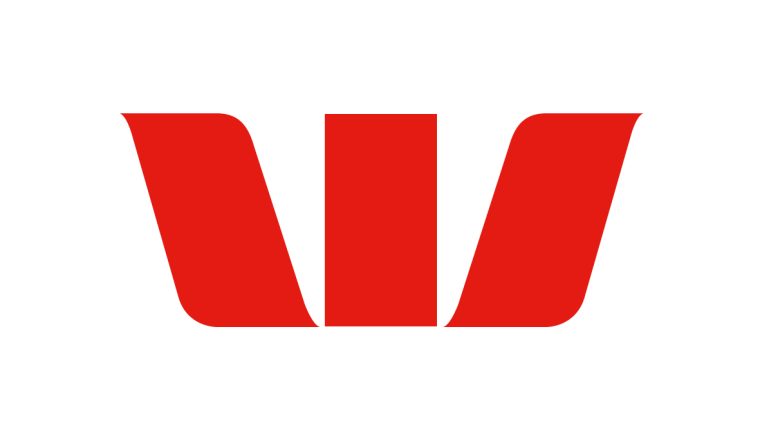
Westpac New Zealand's annual profit rose 3% helped by a turnaround in bad debts and the sale of the bank's 25% stake in electronics payments processor Paymark.
Westpac's net profit after tax for the September year rose $28 million, or 3%, to $964 million from $936 million last year.
Net operating income rose $51 million, or 2%, to $2.415 billion with net interest income up $9 million to $1.967 billion and non-interest income up $42 million to $448 million. Operating expenses rose $63 million, or 7%, to $993 million. Compared to loan impairments of $25 million last year, Westpac booked benefits of $10 million this time around, mostly thanks to the write-back of collectively assessed provisions. Westpac NZ also benefited from a $40 million contribution to non-interest income from the Paymark sale.
Westpac NZ says net loans rose 5% to $84.2 billion, and total deposits increased 4% to $64.5 billion. Home loans were up 5%, and business lending grew 4%.
The bank says its net interest margin dropped eight basis points year-on-year to 2.16%.
Westpac NZ CEO David McLean says after an 18 month remediation programme, the Reserve Bank of New Zealand has decided to allow Westpac NZ to retain its accreditation as an internal models bank. The RBNZ says it will now amend Westpac’s conditions of banking registration from 31 December to remove the two percentage point overlay that has been applied to its minimum capital requirements since 2017.
Notable items - costs - rose to $24 million from $13 million last year which the bank attributes to remediation and associated administration and system improvement costs. McLean says these costs relate to both the Reserve Bank and Financial Markets Authority's review of bank conduct and culture, and work done ahead of this by Westpac itself. In August Westpac announced it was refunding about 93,000 customers who were overcharged to the tune of $7 million because the bank did not correctly discount fees on a number of different banking packages.
Meanwhile Westpac attributes its 7% rise in expenses to investment in transforming to an "agile" working style, plus risk management and regulatory projects. Staff working in the bank's technology, product and marketing teams have been moved to an "agile" working structure. McLean says the agile style suits staff working in roles that include making some change. However there are no plans to have other Westpac staff work "agile", McLean says.
The bank is also undertaking a multi-year product simplification process. McLean says it has gone from about 120 products two years ago to about 90 today. He hopes to get to about 50, the "optimal number", in two to three years time.
Westpac group seeks A$2.5 billion
Aussie parent the Westpac Banking Corporation posted a 15% drop in annual cash earnings to A$6.489 billion. Its net interest margin fell 10 basis points to 2.12%, return on equity dropped 225 basis points to 10.75%, and the group's fully franked final dividend was cut by A14 cents per share to A80c.
Westpac Banking Corporation also unveiled plans for a capital raise of about A$2.5 billion which it says is to provide an increased buffer above the Australian Prudential Regulation Authority's "unquestionably strong" minimum common equity tier one capital ratio of 10.5%, whilst also creating flexibility for changes in capital rules and for potential litigation or regulatory action. Both APRA and the RBNZ are proposing to increase banks' regulatory capital requirements.
The capital raise comes through a fully underwritten A$2 billion institutional investor share placement, and a non-underwritten share purchase plan seeking to raise A$500 million.
Here's Westpac NZ's press release.
Here's the Westpac group press release, and here's the full Westpac group release.

We welcome your comments below. If you are not already registered, please register to comment.
Remember we welcome robust, respectful and insightful debate. We don't welcome abusive or defamatory comments and will de-register those repeatedly making such comments. Our current comment policy is here.